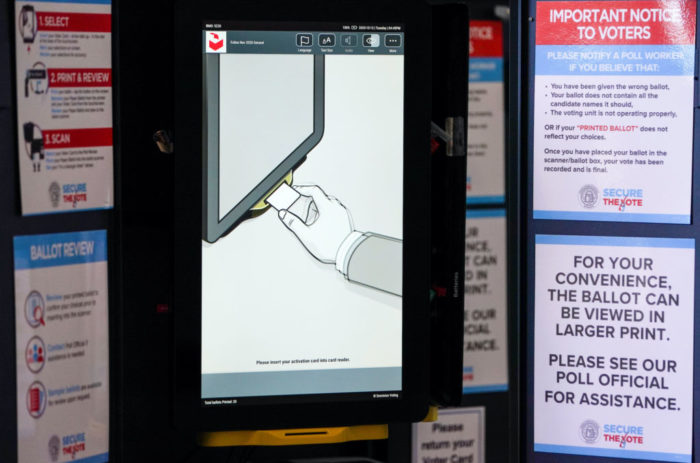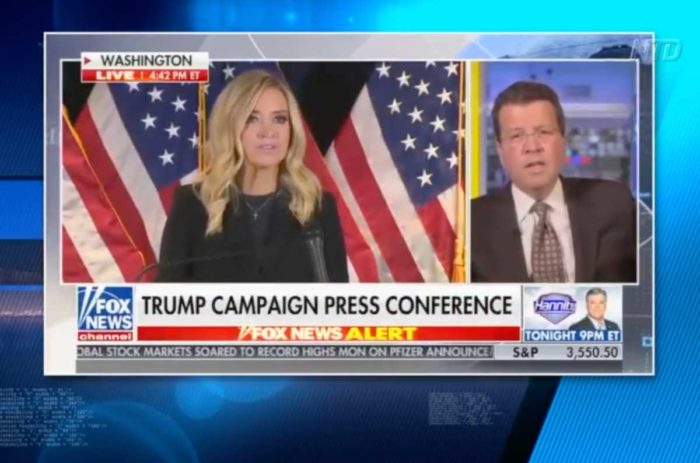redo Jump to...
print Print...
Directions
-Read the excerpt below (from James Taranto's May 14th "Best of the Web" post at opinionjournal.com.
-Read "Types of Media Bias" in the right column. Then answer the questions.
“Ex-FBI Agent Criticizes Harsh Terrorism Tactics,” reads a Reuters headline.
Huh? Is it news that a former cop is criticizing terrorism? Are there gentle terrorism tactics? And since when does Reuters use “emotive” terms like terrorism?
Ah, it turns out the headline is just a slip of the tongue – [a typo]. They meant harsh interrogation tactics. Then we noticed this:
The hearing occurred amid increasing calls by human rights groups for more investigation and perhaps even criminal prosecutions of Bush administration officials for the techniques denounced by critics as illegal torture.
“Torture” is such an emotive word [it causes strong feelings]; wouldn’t Reuters style call for scare quotes? Nah, scare quotes are only for the “bad” Americans.
(Read the Reuters’ article here.)
Read the original post at OpinionJournal.com. (Scroll halfway down the page.)
To accurately identify different types of bias, you should be aware of the issues of the day, and the liberal and conservative perspectives on each issue.
Types of Media Bias:Questions
1. Scare quotes are quotation marks used to express skepticism, (or occasionally derision) concerning the use of the enclosed word or phrase. Do you think Mr. Taranto is fair in his assertion about Reuters non-use of scare quotes? Explain your answer.
2. Do you think this example displays bias against the U.S. by Reuters News Service? Explain your answer.



